
One test uses identification programs to decipher images scanned from books for digitization. Another requires people to flip an image right-side up.
ROGUE programs try their best to register at Web sites and then wreak havoc, but a clever puzzle often bars them from entry: a set of distorted, squiggly letters and numbers that people can decipher and type correctly for admission, but that machines still can’t.
Well, at least for the moment.
Now, to stay one jump ahead of fraudsters and their automated programs, researchers are devising more versions of the puzzles, called captchas, to help sites block abuse that includes spam e-mail, illegal postings and skewed online voting.
Researchers at Google are testing a new captcha that requires people to turn upright randomly rotated images, like that of a parrot perched temporarily upside-down on a leafy branch. The task is a breeze for people — using a cellphone touchscreen, for example, to flip the image — but hard for machines.
The new puzzles could be built around a site’s theme — for instance, cartoons at a Disney site, or objects for sale at eBay, said Rich Gossweiler, a senior research scientist at Google who led the team that developed the system. It can be put in place rapidly, he said, and has an almost limitless supply of images. “Our technique expands the vocabulary of captchas” beyond obfuscated characters, he said. “And it might make the process less of a chore. It’s fun to solve a puzzle.”
The program rejects images like those for human faces that computers have already learned to recognize, he said. “We first remove all those images that computers can turn upright, and then the ones that humans have trouble with,” he said.
People may have trouble orienting abstract art, but they can quickly distinguish a parrot’s image, for example, even if it is shown amid objects like leaves. “We can see it needs to be upright,” he said, “but it’s more difficult for the computer to segment out the parrot” and then orient it.
Google can keep replenishing its library of images by testing new candidates. “If a bunch of people put an image upright, we keep it,” he said. But if the image is troublesome, it will be discarded.
Another new approach in the captcha arms race was developed by Luis von Ahn, a professor at Carnegie Mellon University and a pioneer in captcha development. (The term is short for “completely automated public Turing test to tell computers and humans apart,” a reference to the test proposed by Alan Turing, the British mathematician, to determine if a computer can be said to think like a human.)
Dr. von Ahn has created a more secure version of audio captchas used by the visually impaired in surfing the Internet with screen readers. Traditionally in audio captchas, a distorted voice reads numbers and the user types them in. But research led by Dr. von Ahn and a student, Jennifer Tam, showed that such captchas are easily deciphered by automatic programs and may lead to security risks.
In the new captchas, which Dr. von Ahn said had proved to be more secure in research trials, the audio clips are not of numbers, but of phrases drawn from old radio shows posted on the Internet Archive. They will be easy for people to solve, but tough for automated programs.
Dr. von Ahn has also created a free system, called reCaptcha (recaptcha.net), now used by about 120,000 sites including Ticketmaster, Craigslist, Facebook, Twitter and The New York Times.
The system has an unusual twist that provides an added benefit to projects that are digitizing books and papers in archives: the source of the wiggly images that people must decipher is not random. The images are drawn from books and other media that are being digitized in mass projects, but that machines haven’t been able to read because, for instance, the page is wrinkled.
Automatic character recognition lets people who are having the work scanned know which words it cannot read. These are the words that recaptcha farms out and, once they are interpreted, returns to the original document. In this way, word by word, most of the mystery words are deciphered, in this case by humans. “We are digitizing about 25 million words per day by having people type in captchas,” Dr. von Ahn said.
The audio captchas are also being used for transcription and digitization projects. “We are doing both speech and text,” Dr. von Ahn said. “Take your choice.”
The Times is paying reCaptcha for its help in digitizing its archives, said Marc Frons, chief technology officer, digital operations. So far, puzzling words in archives covering about 30 years have been deciphered with reCaptchas, he said.
Many people worry that as machines become smarter, the days of captcha protection will be numbered, whether the puzzles take the form of distorted text, audio snippets or rotated images. But Henry Baird, a professor in the department of computer science and engineering at Lehigh University, disagrees. Dr. Baird and colleagues have proposed a system for captchas that, like Google’s, can be woven into the theme of a Web site.
“Machines’ abilities are slowly improving,” he said, “but I think there is still a huge gap between human inborn perceptual abilities and machine skills.”



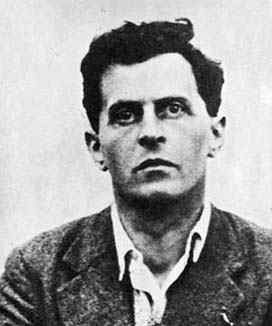






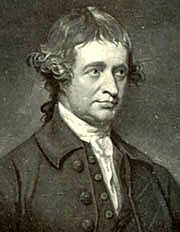













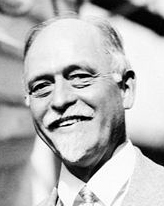



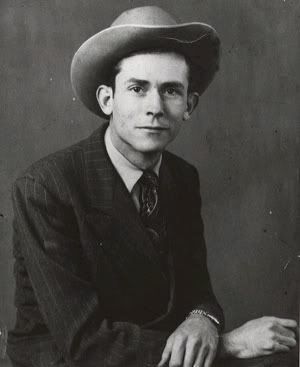







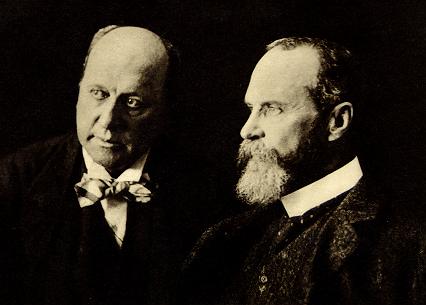


No comments:
Post a Comment